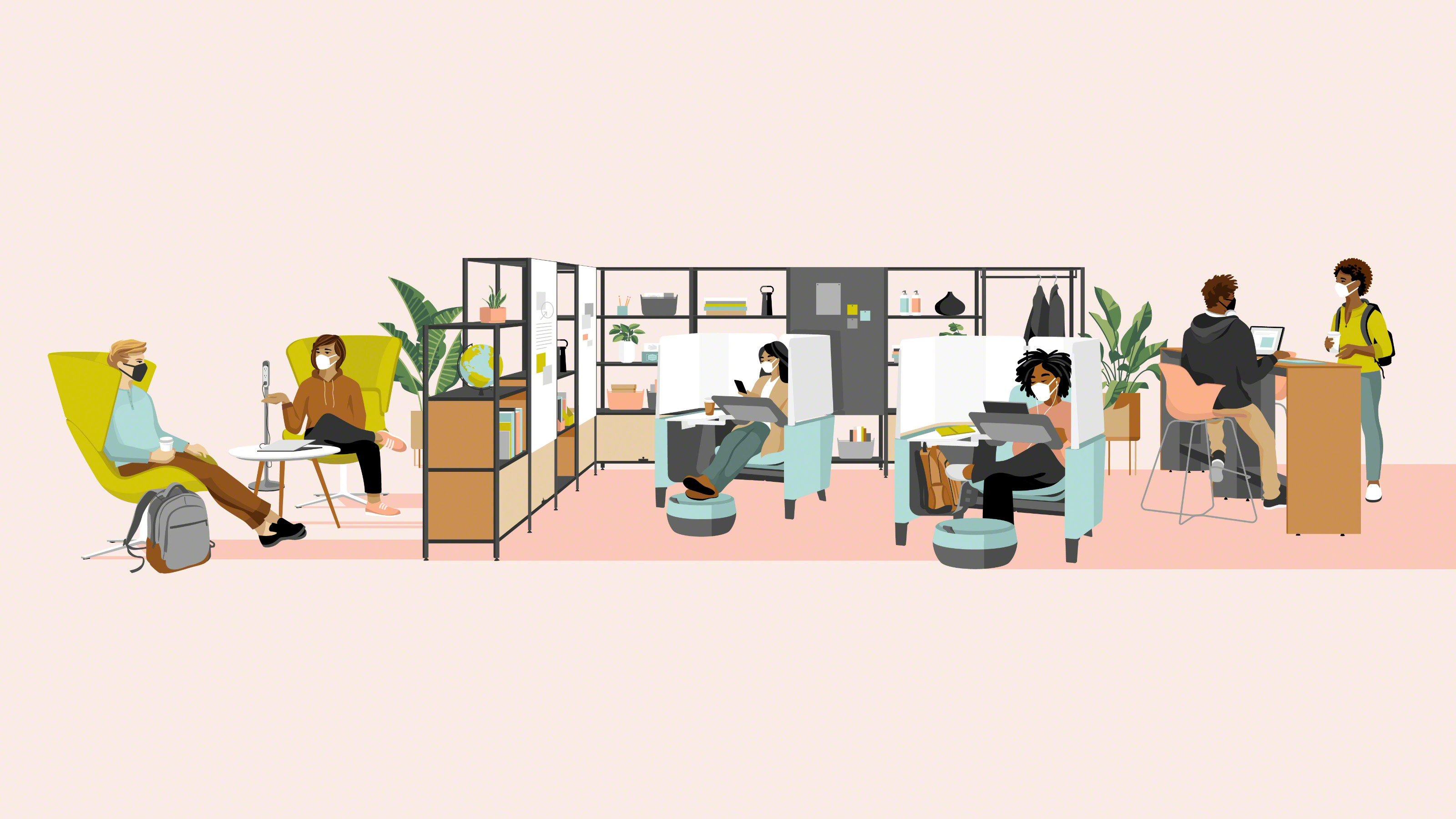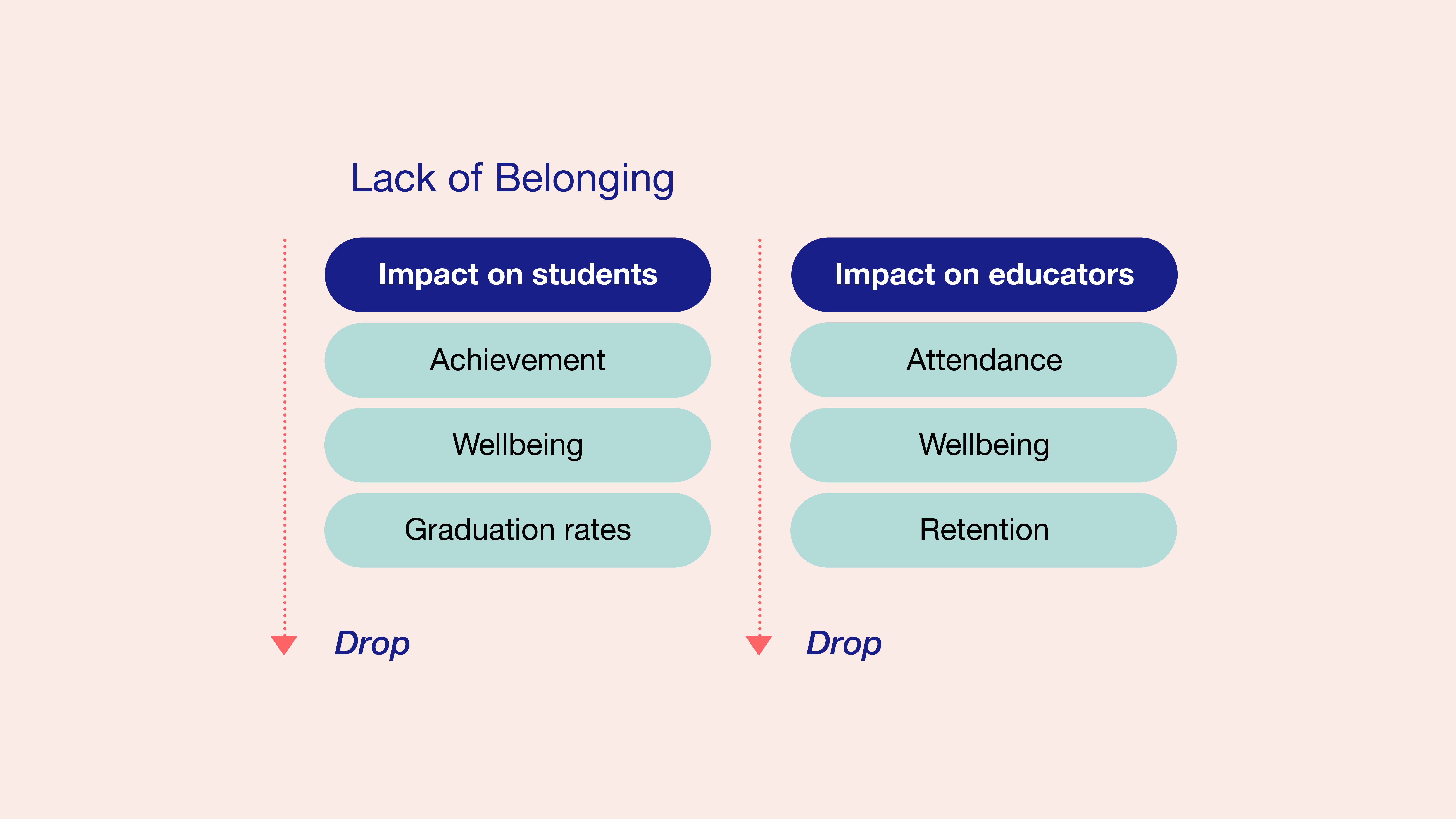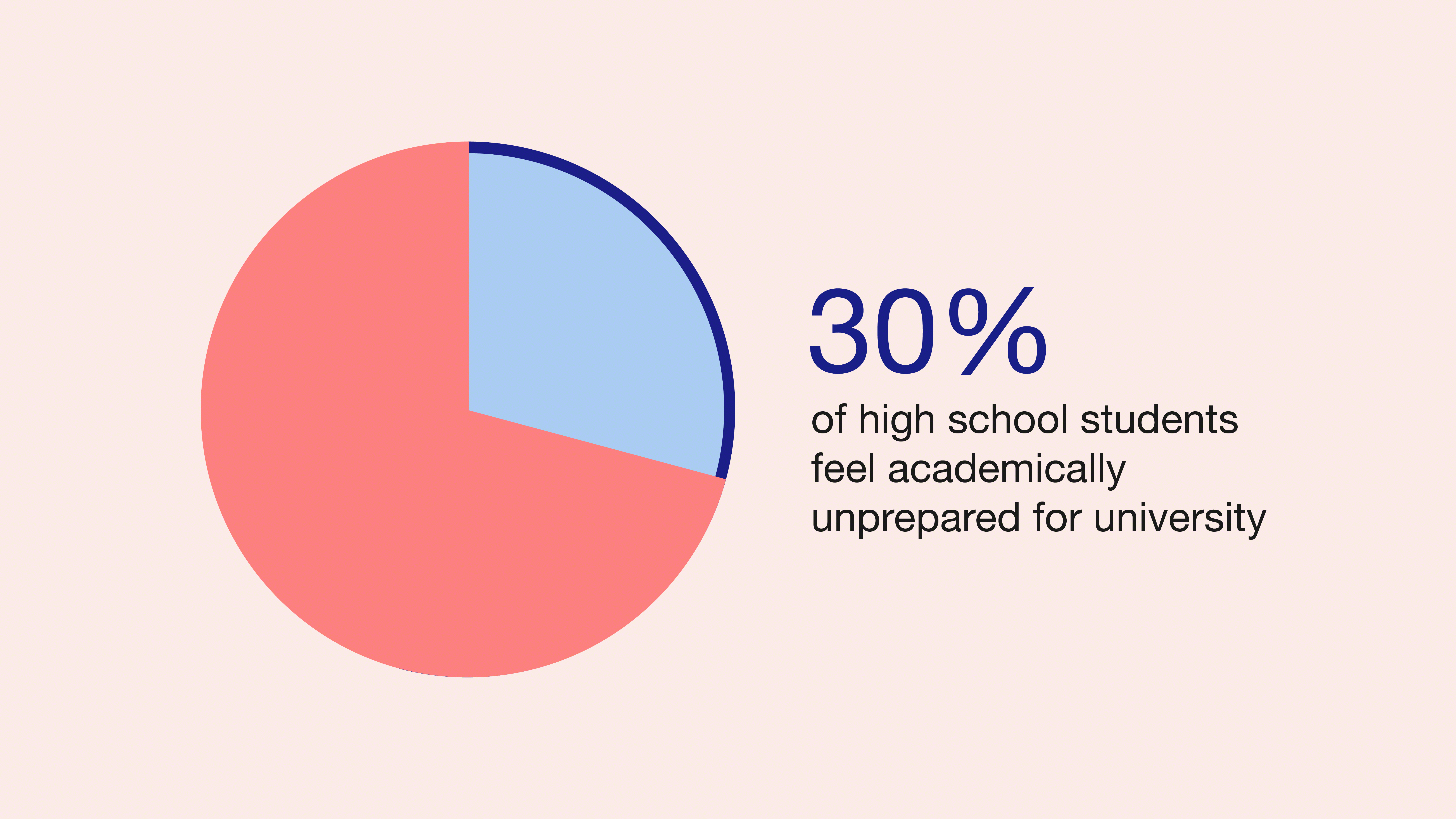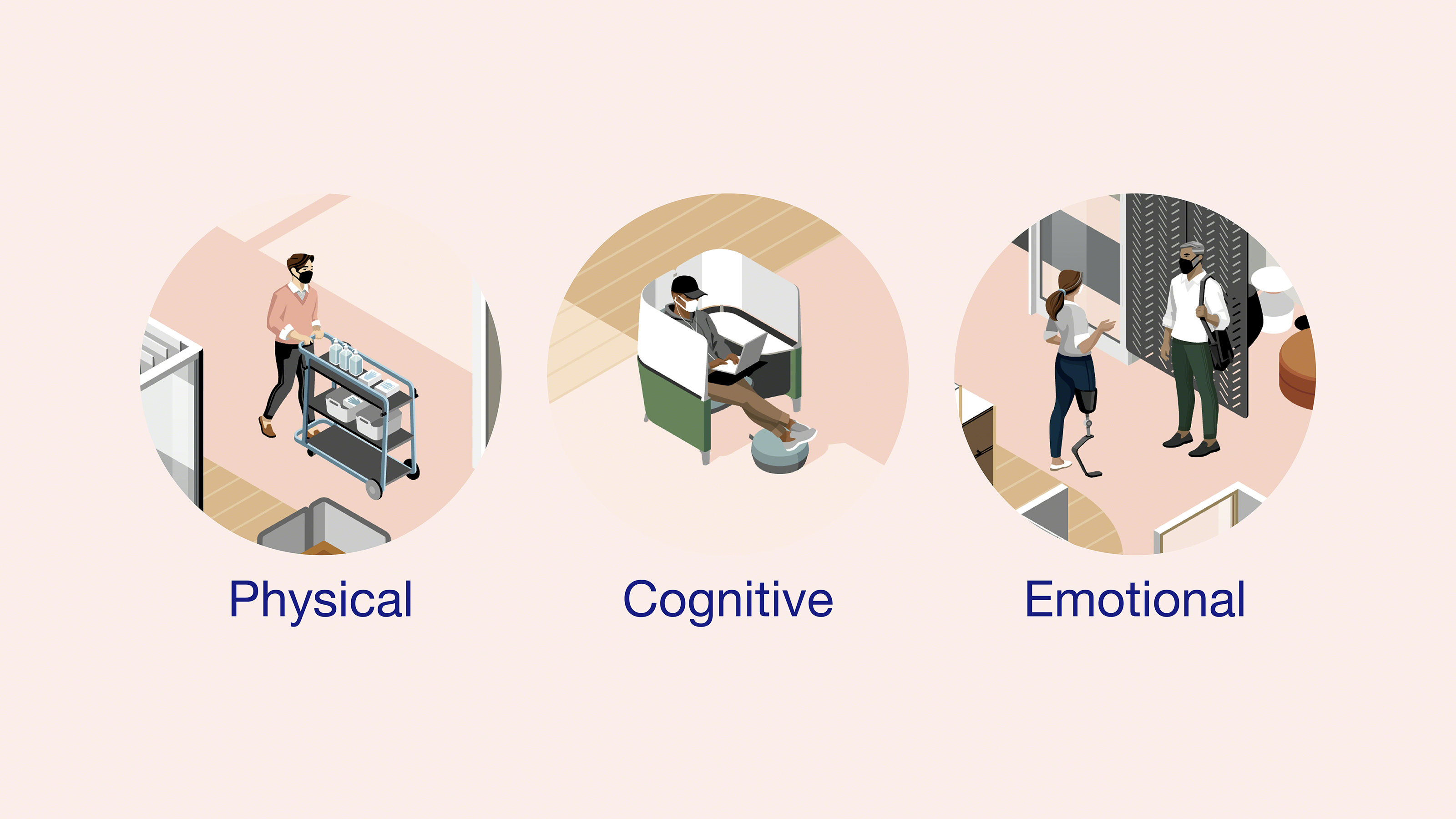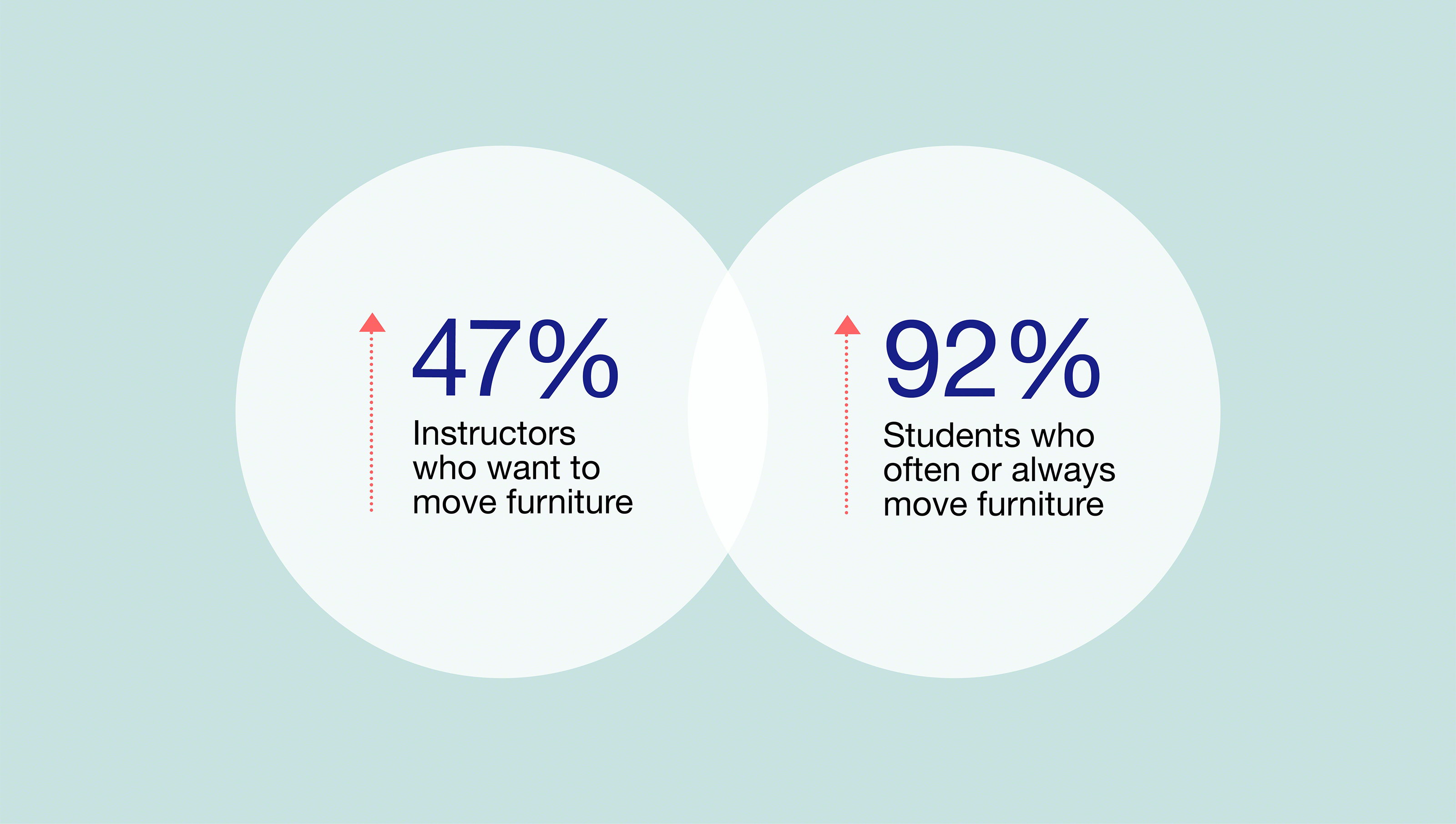OPENING STATEMENT
What Students and Educators Need and Expect
Even before the pandemic, education was undergoing a transformation that will go on long after the virus threat subsides. The experiences students, educators and administrators have had during the pandemic has to have accelerated and amplified trends in education that were already in motion. Online and blended learning has revealed inequities and how many physical learning environments simply can’t meet the pedagogical needs and technology demands. Additionally, wellbeing has suffered, and students and teachers have struggled, unable to teach or learn effectively.
Everyone has had a vastly different experience teaching and learning from home. Those experiences shape their expectations for what they want the learning experience to be like in the future.
Everyone has had a vastly different experience teaching and learning from home. Those experiences shape their expectations for what they want the learning experience to be like in the future.
The Solution
Macro Shifts In The Learning Experience
To be able to create better teaching and learning experiences that provide students and educators with what they want and expect, institutions will need to pay attention to four macro shifts in how they think about space.
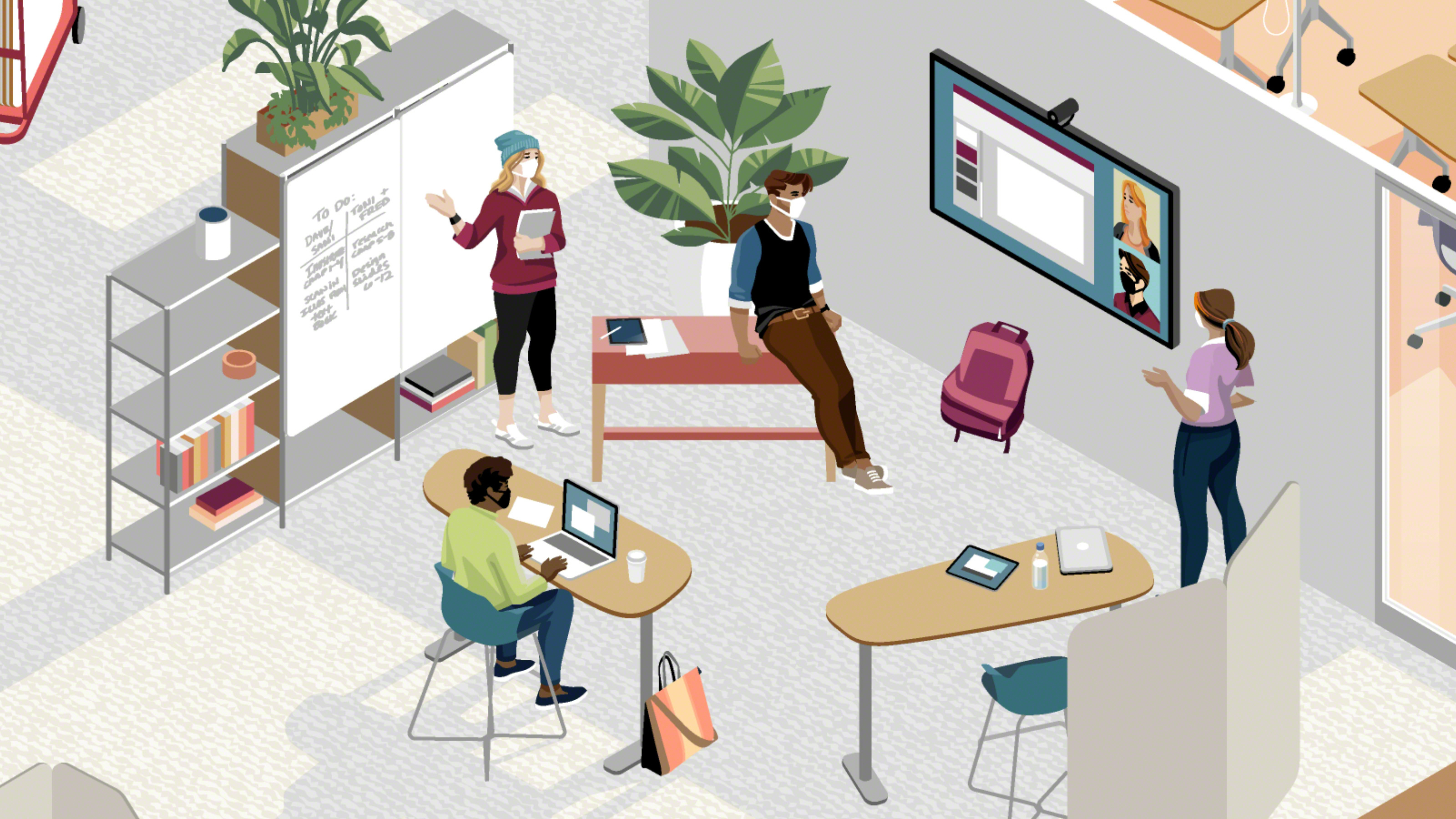
Design Safer Schools
Behavioral strategies, such as mask wearing and distancing, need to be augmented with changes to the built environment. Educational institutions can make their buildings even safer by intentionally designing the built environment to help mitigate disease transmission. Understanding how pathogens move through an environment will help educational institutions develop new systemic strategies to help prevent infections.
Behavioral strategies, such as mask wearing and distancing, need to be augmented with changes to the built environment. Educational institutions can make their buildings even safer by intentionally designing the built environment to help mitigate disease transmission. Understanding how pathogens move through an environment will help educational institutions develop new systemic strategies to help prevent infections.
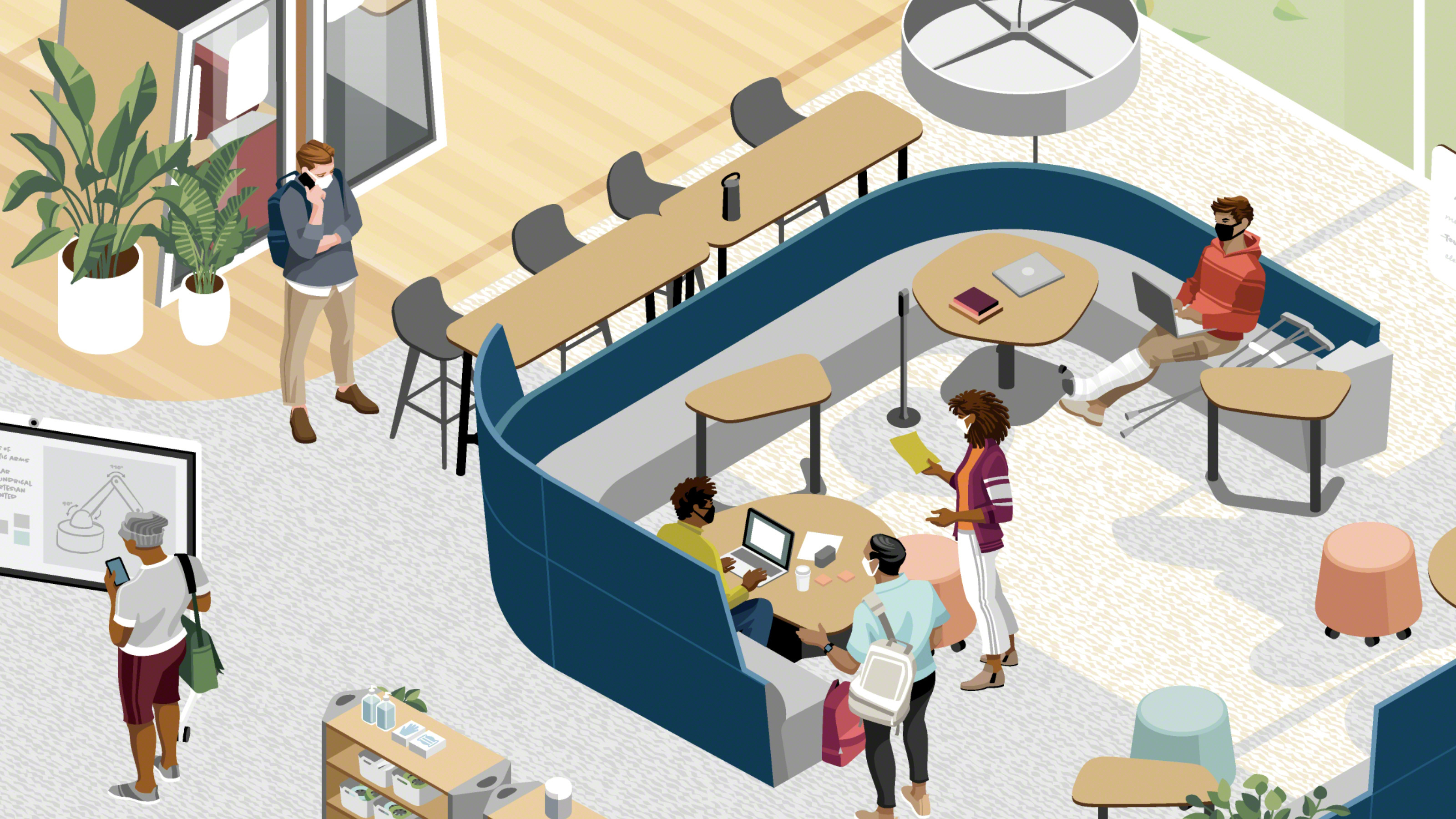
Design for Effectiveness
Students and educators have struggled throughout the pandemic. Learning and teaching effectiveness have dropped. Moving forward students and educators will need multi-modal learning environments that balance individual and group needs and multiple modes of learning. For example, libraries can be designed to support group work and not just individual study. Schools will also need to provide spaces that enable better hybrid and blended learning experiences.
Students and educators have struggled throughout the pandemic. Learning and teaching effectiveness have dropped. Moving forward students and educators will need multi-modal learning environments that balance individual and group needs and multiple modes of learning. For example, libraries can be designed to support group work and not just individual study. Schools will also need to provide spaces that enable better hybrid and blended learning experiences.
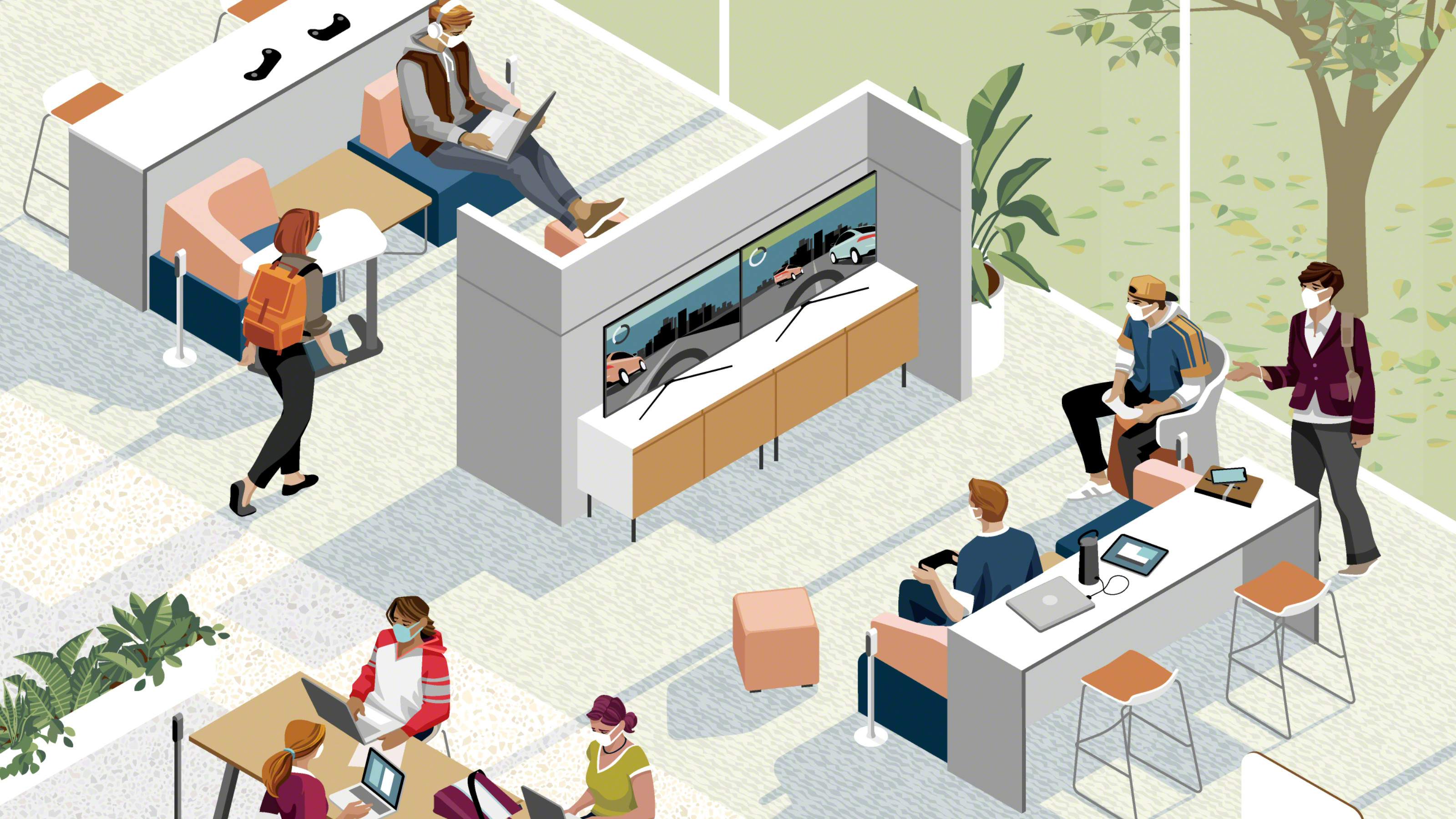
Design to Inspire
People who have lived through a crisis want inspiration — they need to be a part of something meaningful. Educational institutions will need to create a sense of belonging and foster community. When students are able to connect with their instructors and have access to inspiring spaces that build a strong community, this can lead to better learning outcomes. Intentionally-designed learning environments can foster meaningful interactions and signal that change and adaptation are part of their culture and something to be embraced.
People who have lived through a crisis want inspiration — they need to be a part of something meaningful. Educational institutions will need to create a sense of belonging and foster community. When students are able to connect with their instructors and have access to inspiring spaces that build a strong community, this can lead to better learning outcomes. Intentionally-designed learning environments can foster meaningful interactions and signal that change and adaptation are part of their culture and something to be embraced.
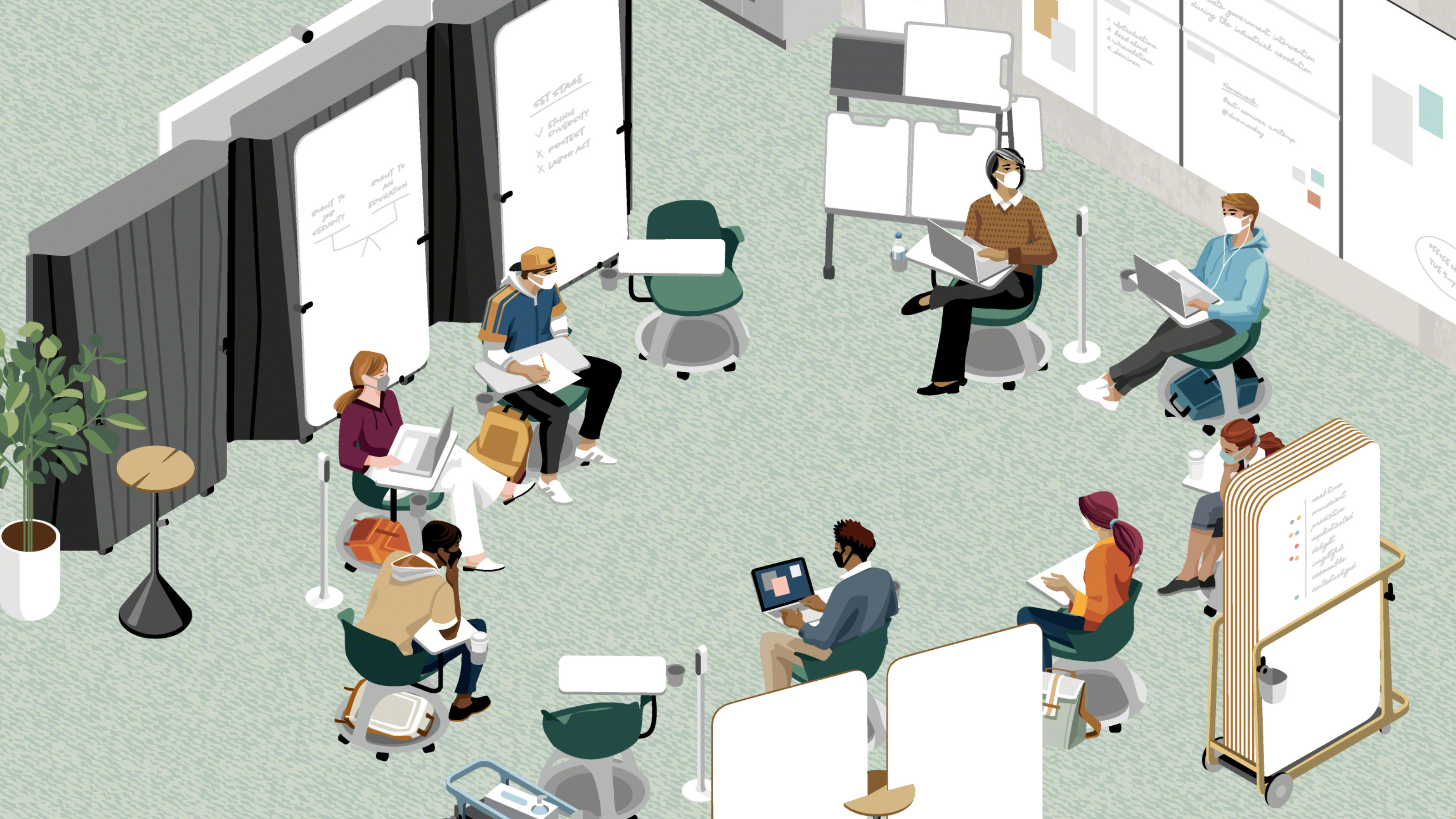
Design for Flexibility
Historically designed for permanence, buildings have been dominated by fixed architecture, power and furnishings. Going forward, educational institutions will offer more flexible environments that can adapt easily to accommodate multiple learning modes. Schools will need to embrace multi-use spaces that can support diverse types of activities. Furnishings will easily move to allow spaces to expand and contract as needed.
Historically designed for permanence, buildings have been dominated by fixed architecture, power and furnishings. Going forward, educational institutions will offer more flexible environments that can adapt easily to accommodate multiple learning modes. Schools will need to embrace multi-use spaces that can support diverse types of activities. Furnishings will easily move to allow spaces to expand and contract as needed.
Work BetteR: Spaces
Designing a Better Experience
The global pandemic has fundamentally changed how we live, learn and work. People have new needs and expectations, requiring shifts in the way we think about buildings and the workplace. It’s time to move forward and use what we’ve learned to make learn better.
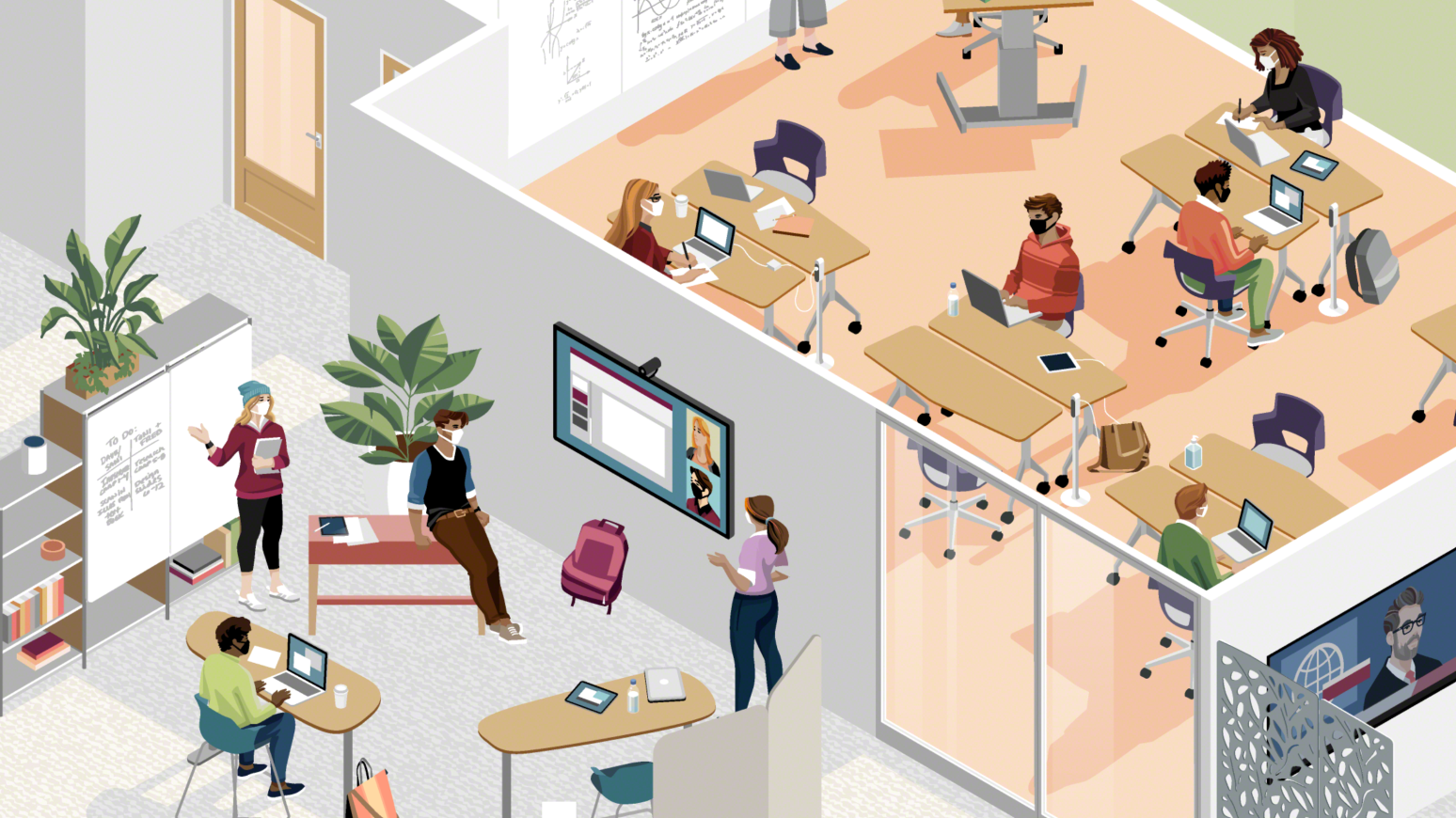
Classrooms + Commons
The Student Commons space outside classrooms provides a variety of settings where students can study alone or connect with classmates or instructors before or after class.
The Student Commons space outside classrooms provides a variety of settings where students can study alone or connect with classmates or instructors before or after class.
EXPLORE NOW
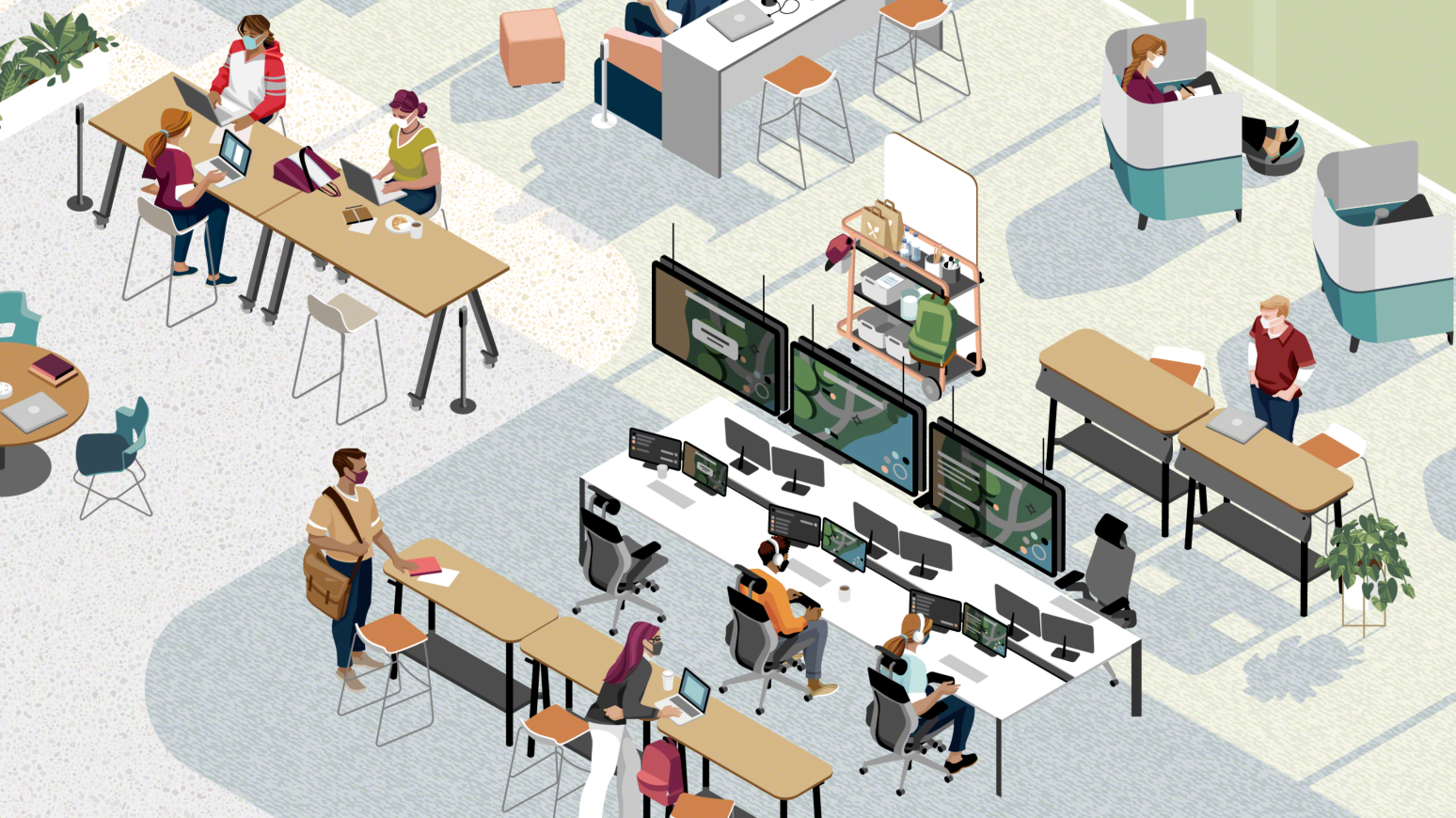
Student Hubs
The Student Hub is the heart of a campus and acts as a magnet where students gather to connect socially with each other or study – alone or in small groups. Access to food, beverage, gaming stations and campus information create a dynamic comfortable setting where students can draw energy from one another.
The Student Hub is the heart of a campus and acts as a magnet where students gather to connect socially with each other or study – alone or in small groups. Access to food, beverage, gaming stations and campus information create a dynamic comfortable setting where students can draw energy from one another.
EXPLORE NOW
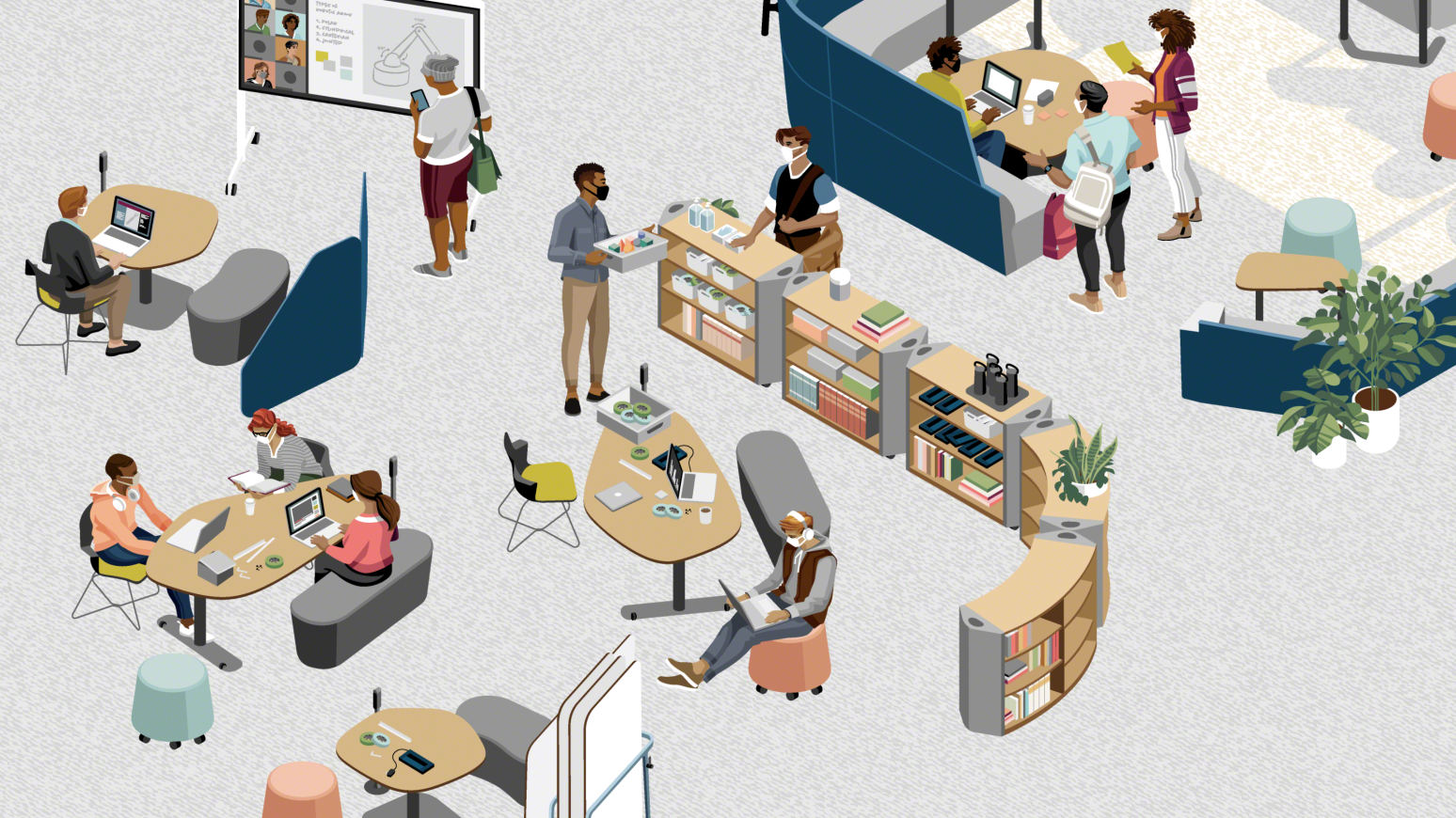
Learning Commons
The Learning Commons is a safe and comfortable environment that removes barriers between students and staff and supports multiple behaviors: social learning, individual + group study, small group meetings, connections between students and faculty, and impromptu teaching.
The Learning Commons is a safe and comfortable environment that removes barriers between students and staff and supports multiple behaviors: social learning, individual + group study, small group meetings, connections between students and faculty, and impromptu teaching.
EXPLORE NOW
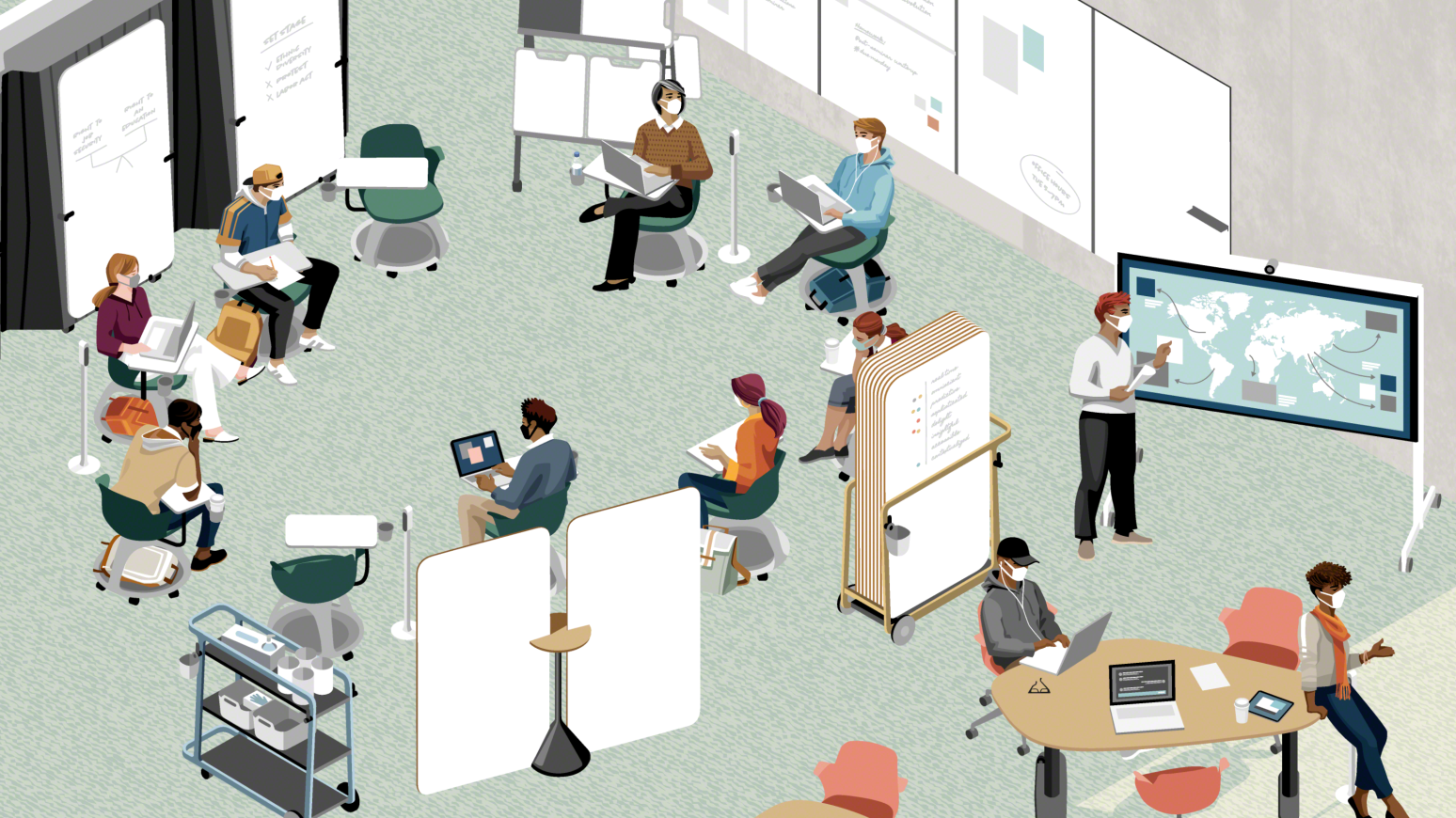
Active Learning Classrooms
These versatile Active Learning Classrooms provide students options and tools to actively engage in the learning process.
These versatile Active Learning Classrooms provide students options and tools to actively engage in the learning process.
EXPLORE NOW
